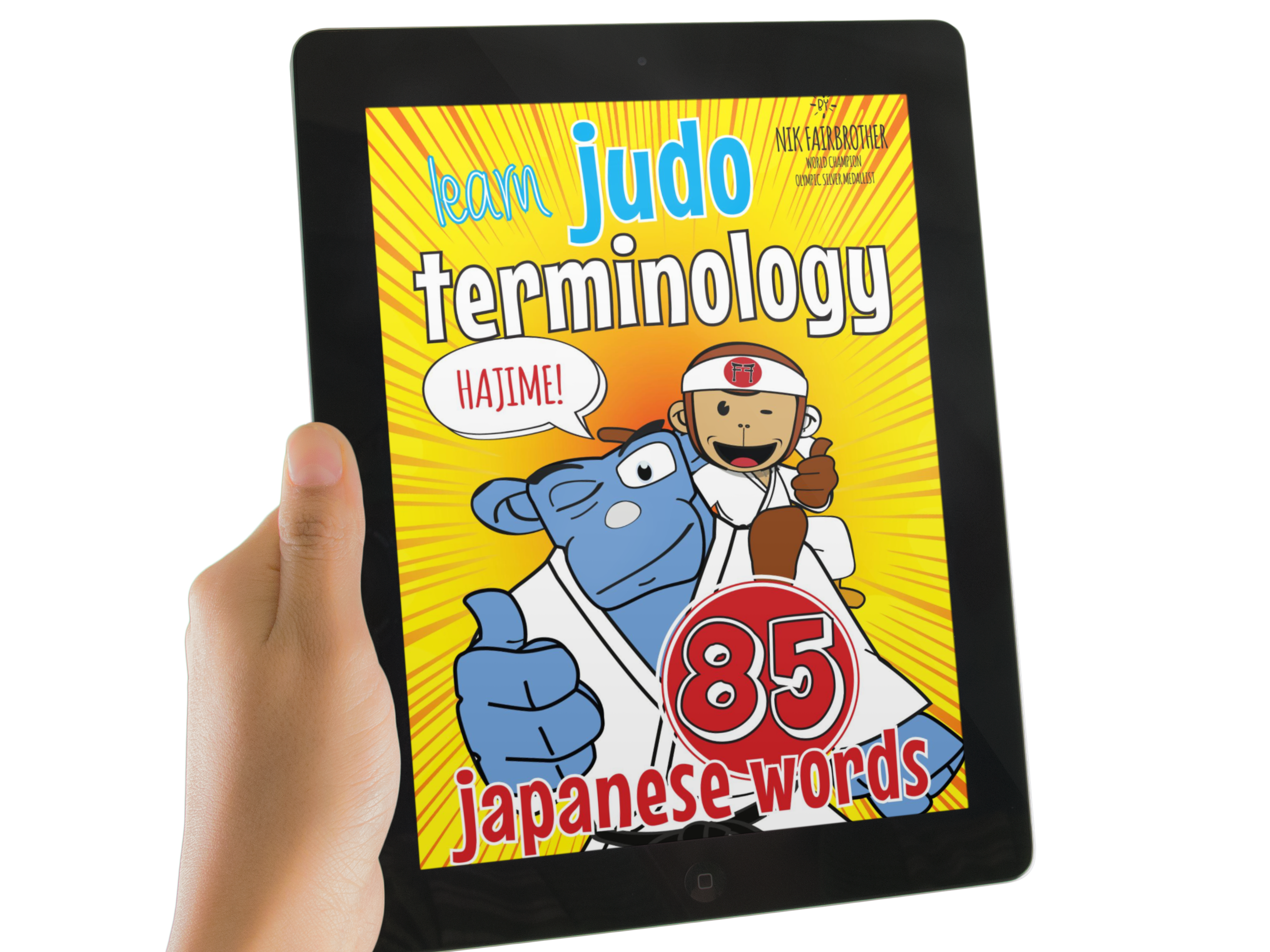Visuals help to teach judo – here’s why


What is visual learning?
Visuals and Visual learning is a part of the VAK model, developed by New Zealand teacher Neil Fleming in 2001.
Children (and adults) have preferred learning system; visual, auditory or kinesthetic
We all use a mix of three of these, but the majority of children are primarily visual learners. Two out of every three children in your dojo are likely to be visual learners and will benefit from our judo books for this reason.
Visual learners are children who find it easiest to learn by seeing. They grasp concepts by seeing it first either in their mind’s eye or on paper.
Visual learners think in pictures. And so pictures can help a lot of children learn faster and easier.

Why is it so effective?
Visuals can help us learn faster and makes remembering what we’ve learnt easier.
Why? Because the brain processes images much, much faster than text. Up to 60,000 times faster. And our eyes can register 36,000 visuals per hour.
In a nutshell: visuals can get the information into our brain faster than text or audio.
And that in turn allows us to grasp complex information quickly.
Like for example understanding a judo technique.
Judo pictures used as sequential images (like with the Tai-Otoshi example above) help kids quickly comprehend each stage of the waza: the breaking of balance, the grip, the entry, the footwork, the lift, the rotation, and the finish.
Through images kids can grasp the whole judo throw in an instance.
It doesn’t only work for kids. I (Nik Fairbrother) would spend hours pouring over the incredible photographs by Terence Donovan in Kashiwazaki’s Fighting Judo.


Why do visuals help us remember information?
Typically in 3 days we remember only 10% of all we hear, 35% of all we see, and 65% of all we see and hear at the same time.
If a relevant image is paired with information, retention of the facts is much improved.
Visuals can help reinforce a coach’s lesson.
Judo illustrations help to make it stick.
Pictures are something solid that the children can return to and see again and again on the dojo wall or in a judo book. Each time they do so, they make the memory stronger and more permanent.


8 Visuals for Sports Coaches to aid Teaching
«Coaches using visual aids to supplement their instruction, feedback, and discussions will enhance the visual learning athlete’s ability to process information.» Singer (1980)
Visuals include all things watched and seen. Here are some visuals judo coaches can use:
Demonstrations
Diagrams and Flipcharts
Video
Animations of Judo Throws
More visuals for judo coaches
Visit our Kids Judo section to find more coaching aids you can use while you teach. Please feel free to download these visuals and print to use at your judo club.
- Uchikomi Challenge – a set of 5 certificates to encourage and motivate junior judoka to do uchikomi.
- How to Tie Your Judo Belt – a certificate to use when your judo kids can accomplish this skill.
- Free Judo Colouring Book – download and give your younger judoka some fun judo homework.
Visual Coaching Aids by Koka Kids

dojo banners
How to get judo books for your junior judoka








